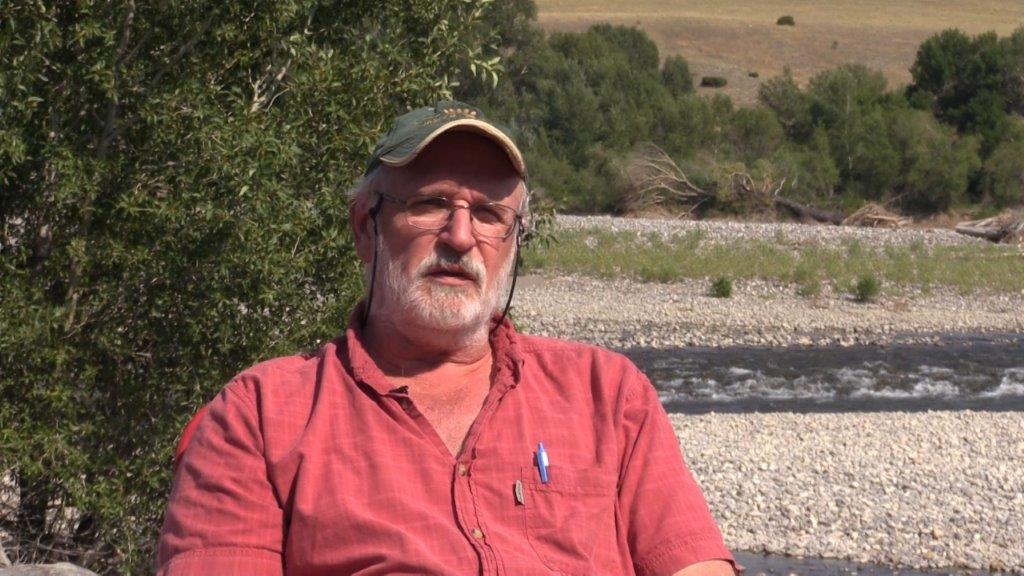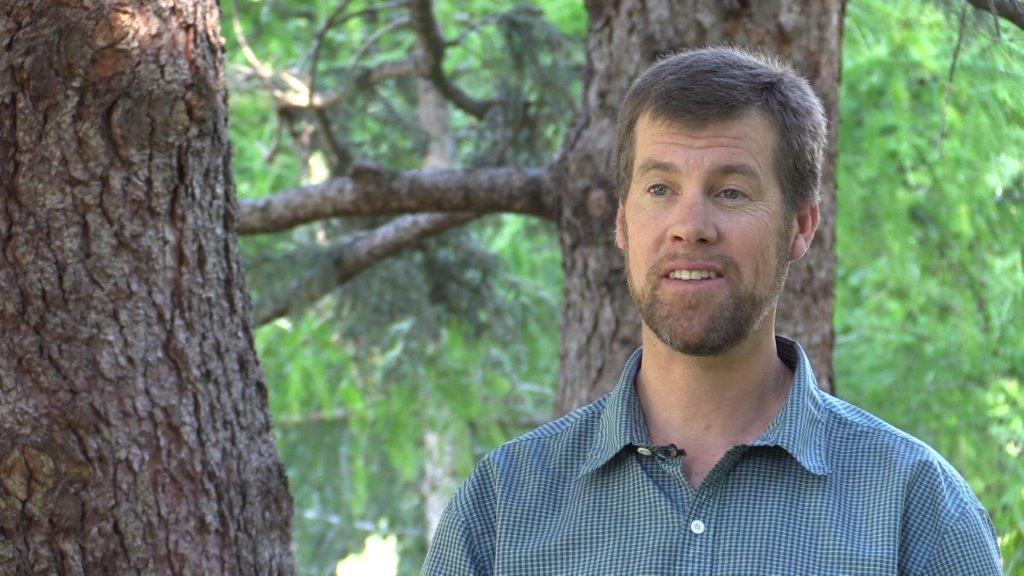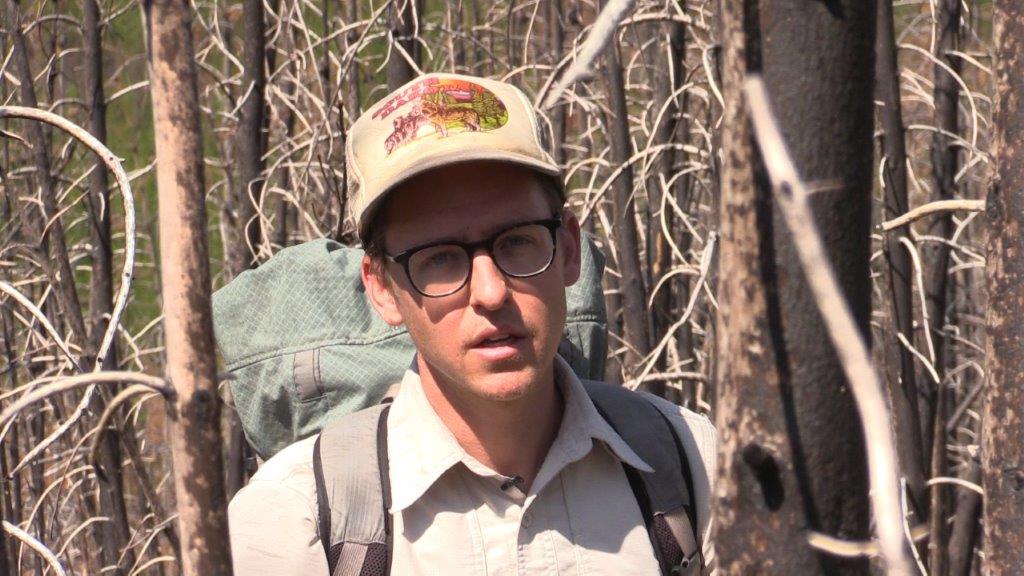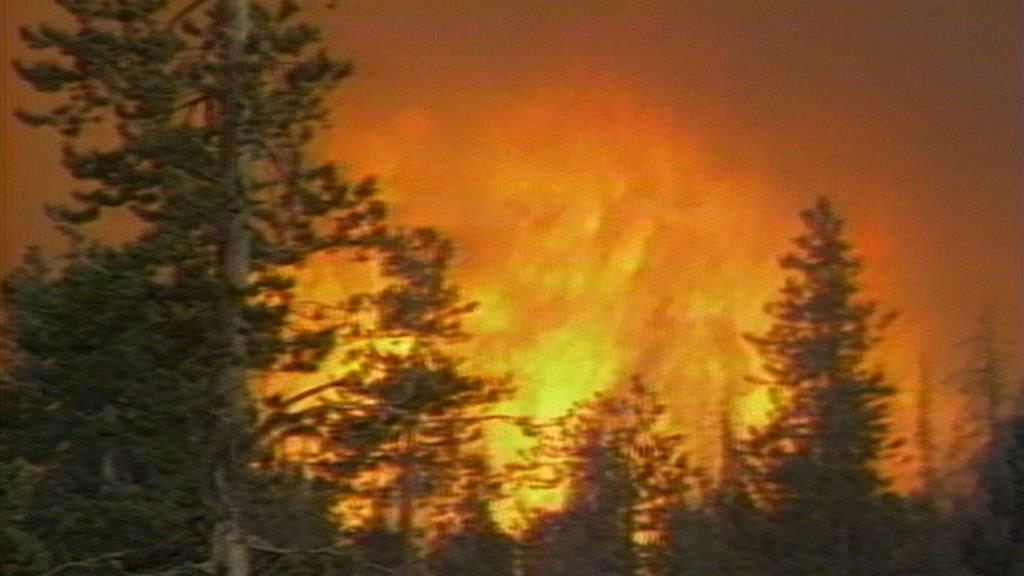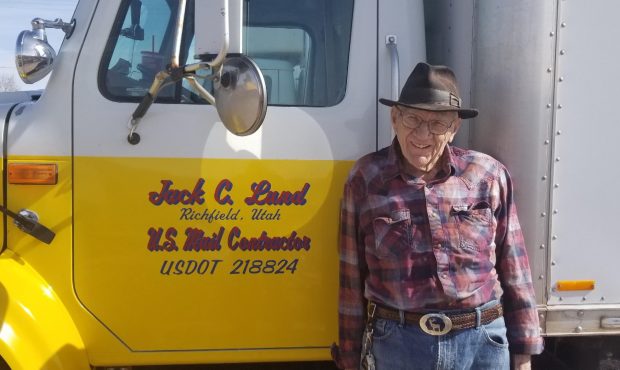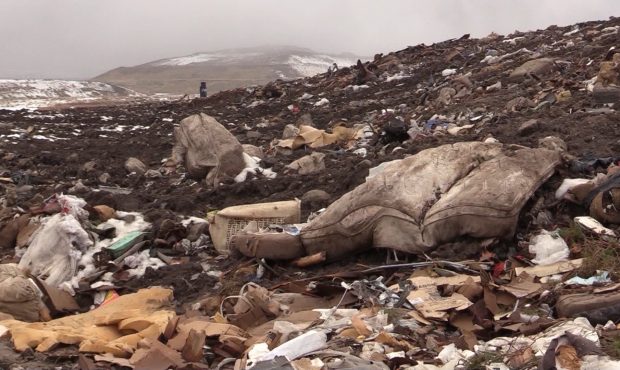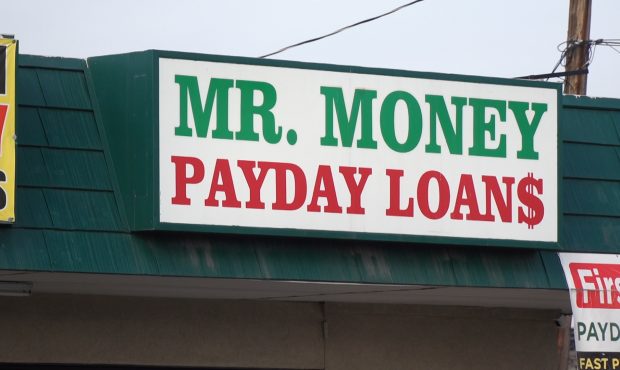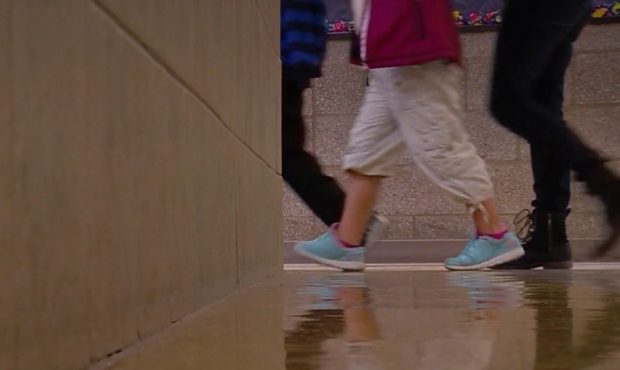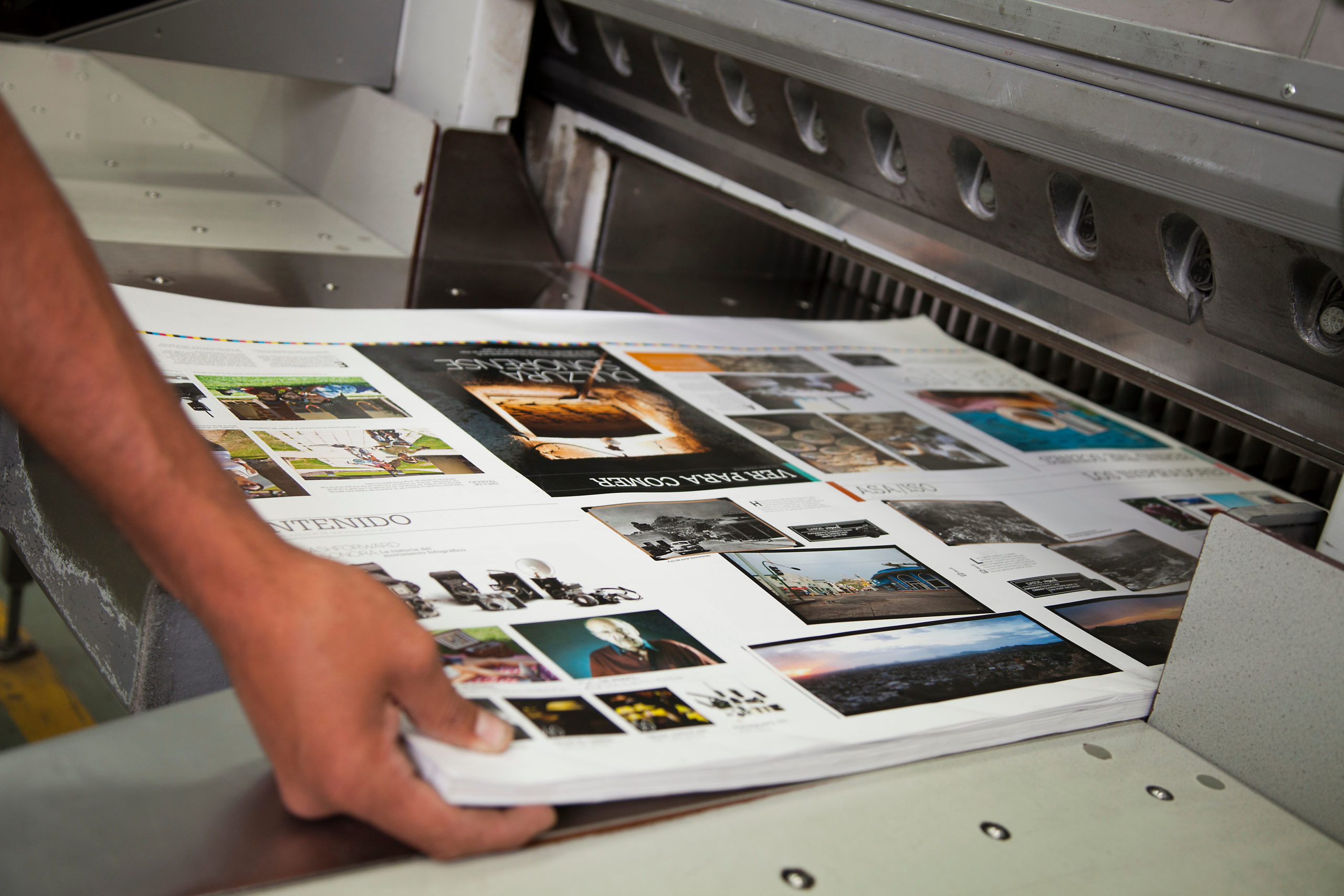FEATURED STORY
A Summer of Fire and Then … Rebirth
Sep 6, 2018, 10:14 AM | Updated: Sep 22, 2018, 12:23 am
YELLOWSTONE NATIONAL PARK, Wyoming — Thirty years ago this week a dramatic battle was underway in Yellowstone.
“It was scary and exciting,” said veteran journalist Scott McMillion, who covered the most extreme outbreak of fires to hit Yellowstone in more than a century.
On Sept. 5, 1988, walls of flame started a two-day run toward Old Faithful, the climax of a summer of wildfires that burned from June to November. Many feared the flames would destroy the iconic and beloved park.
Thirty years later the conclusion of science is firm: The raging inferno did not destroy the park. In fact, experts now believe the flames refreshed, restored and revitalized Yellowstone’s forests as part of a natural cycle that’s been underway since the end of the last ice age.
“The fires were good for Yellowstone,” said biologist Diana Tomback, of the University of Colorado Denver, one of many scientists who for three decades have studied the impact of the fierce firestorms that roared through the park. “There is no one who thinks the Yellowstone fires were harmful.”
The journalist
McMillion feels lucky to have gotten away with his life. In June 1988, he was a relatively inexperienced reporter sent by the Bozeman Daily Chronicle to cover one of the first wildfires that broke out in early summer.
“I was so naive I showed up in shorts and flip-flops,” McMillion recalled.
He wrote a blizzard of newspaper stories in the next few months covering what seemed like a natural resource disaster — or a glimpse of hell. A staggering 25,000 firefighters battled the flames, but the fires ultimately burned a third of Yellowstone’s 2 million acres. Much of America’s first national park was burned beyond recognition.
During one onslaught of flames early in the summer, McMillion happened to be standing in the wrong spot when a tanker aircraft dropped a load of red chemical retardant.
“I was in the middle of a parking lot,” McMillion said, “and he got me pretty good.”
Later, in the first week of September, as fierce winds blew up a firestorm and towering waves of fire raced toward the historic Old Faithful Inn, McMillion was there.
“It very nearly took out the whole village,” McMillion said. “I had to run.”
He credits a Bureau of Land Management crew with saving his life by giving him a getaway ride in an SUV.
“They rescued my sorry carcass,” McMillion said, “and got me out of there with nothing but some scratchy lungs and a hell of a story to tell.”
The Old Faithful Inn survived, too, and remains a famous landmark.
And the forest did not die.
“It’s different, but it’s still alive,” McMillion said. “Yellowstone’s still a vibrant place.”
The ecologist
Forest ecologist Dave McWethy experienced the fires of ’88 when he was just 15 years old. His Minnesota family was on vacation in Yellowstone and drove right into what was possibly a life-changing experience for the teenager.
“We saw fire on both sides of the road,” McWethy said. “And I was asking questions of my family. ‘What’s going on?’ and uh, ‘We’re actually going into the park with active fire! You know, should we be doing this?'”
McWethy said that may be part of the reason he grew up to become a scientist. He’s now on the faculty at Montana State University and is an expert on the dynamics of forests.
“The real take-home message is that fire is a normal process in Yellowstone,” McWethy said. “It’s been shaping that ecosystem since the last glacial period 12,000 years ago.”
Scientists now know that high-intensity, large-scale fires happen in Yellowstone once every century or two. The previous one was in 1872. The firestorms refresh the forest, liberating new, healthy regrowth with higher diversity and better habitat for wildlife. It may be the most important lesson of 1988.
“We really do need to live with wildfire,” McWethy said. “In Yellowstone and other high-elevation areas, that means big — but infrequent — fires. In lower elevation areas, we need to live with smaller — but more frequent — fires.”
The student
Tyler Hoecker said he “was just a baby” in 1988. Today he’s a doctorate student at the University of Wisconsin and is part of a team that’s been studying wildfires in Yellowstone ever since that dramatic summer. Hoecker hikes into old and new wildfire zones, collecting data that might help scientists understand what happened and what the implications are for the future. He’s seen abundant evidence of an astonishingly rapid comeback in Yellowstone.
“The forest was able to regenerate at really high densities throughout the park,” Hoecker said.
The sudden burst of growth is largely because of a remarkable twist of evolution. Over the millennia, the lodgepole pine has adapted to extreme wildfire in a very interesting way — nature endowed lodgepoles with two very different kinds of pine cones. Some release their seeds under normal conditions in a typical spring.
“This one does not require fire to open,” Hoecker said, pointing to an ordinary pine cone.
But the other kind — the so-called serotinous cones — hold onto their seeds most years and protect them for the long-term as a hedge against a firestorm.
“They’re packed with resin,” Hoecker said, “which keeps the cone closed until it’s heated.”
When an extreme wildfire moves through the forest and kills all the trees, the serotinous cones function as a sort of rescue capsule for the species.
“They allow the forest to release a huge pulse of seeds the year of the fire,” Hoecker said.
Yellowstone’s forests not only survived the fires of 1988, they flourished.
“They felt like a huge, catastrophic and destructive event,” Hoecker said. “But what we found in studying the fires is that these forests are well adapted to fire and they were able to regenerate robustly after the 1988 fires.”
Smokey Bear
“We’re willing to let fire play its natural role in the landscape,” said Neal Herbert, spokesman for Yellowstone National Park.
Federal land managers are often caught in the middle between environmental advocates of a “let it burn” policy and property owners who demand protection through aggressive firefighting efforts.
“Protecting people and protecting buildings is still a high priority,” Herbert said. “It’s the highest priority.” But he notes that Yellowstone is mostly uninhabited and has vast tracts of undeveloped land, much of it covered with lodgepole pine. He said the National Park Service now recognizes that extreme wildfire is part of healthy management for the beloved park.
“We have the freedom, we have the space,” Herbert said, “to allow fire to play its role.”
A lingering controversy is whether Smokey Bear should shoulder some of the blame for more intense fires in recent decades. For many years, government agencies used the iconic fictional bear in advertising campaigns that urged Americans to prevent forest fires. For much of the 20th century, firefighters jumped into action aggressively as soon as a fire popped up. The result in many places was a dangerous buildup of fuel. Dead and dying trees, as well as other vegetation, accumulated in massive quantities. All that was needed was a spark to ignite enormous, intense outbreaks of fire.
While that thesis is widely accepted, and may be an important explanation in other parts of the country, some scientists say it’s not pertinent to the story of Yellowstone.
“In the lodgepole pine forests of Yellowstone, fuel buildup over time is normal,” McWethy said. “You get a huge accumulation of fuel over a 100-year, 200-year period. And that allows for these really large massive and sometimes intense fires to occur. And (in terms of) forest management, really, we can’t do much about that in those types of forest. In that system, (fire) suppression has not really altered the fuel dynamics.”
Hoecker agrees that a buildup of fuel does not fully explain why 1988 was such a fearsome year for fire. “There’s an abundance of fuels almost all the time,” he said. “We find that variation in fuels make much less difference than we thought it did.”
Changing climate
A bigger factor in Yellowstone in 1988 seems to have been extremely warm and exceptionally dry weather. That’s why scientists have reached a worrisome consensus that global warming will have significant impacts.
“Fires like the ones in ’88 will happen more frequently,” McSwethy said, “with the warming temperature and the longer fire season.”
It may be happening already. Hoecker walked through one fire-ravaged area in Yellowstone and pointed out that it burned in ’88 and then, surprisingly, burned again in 2016.
“It is unusual and it is little bit concerning,” Hoecker said. “These are forests that we thought were too young to burn. It is likely that we’re going to see young forests like this burn in the future. Years like 2016, which were really hot and really dry, are the result of this warming and drying trend that we’re seeing across the globe.”
“The Yellowstone fires were a wake-up call of what fires might look like with a warming climate,” Tomback said. “In general we are seeing snow melting earlier, and we’re seeing snow accumulation later in the fall, which means fire seasons are longer and ecosystems are going longer without water.”
Tomback said climate models suggest there will be more summers like 1988.
“The modelers are telling us that they expect fires to come more frequently in the future,” she said, “because of the dryness. Not only more frequently, but they are predicting more severe fires.”
One thing seems certain. Yellowstone will always be a dynamic showcase of nature. With so many young trees, America’s first national park doesn’t look the same as it did before 1988. McMillion is left with mixed feelings.
“Some people don’t like the changes,” he said. “Some people find it incredibly exciting.”

